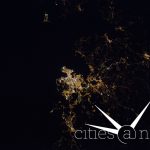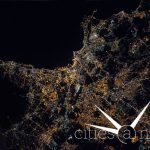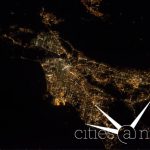What is Cities at Night
Cities at Night is an exciting citizen science project that invites people from all around the world to help scientists map Earth’s artificial lighting.
Using breathtaking images taken by astronauts aboard the International Space Station (ISS), you can play a vital role in understanding how light pollution affects our planet.
By classifying these images, you help researchers identify patterns of light pollution across cities, rural areas, and natural landscapes, offering insights that can lead to meaningful change. You don’t need any prior experience or special skills to participate—just a curious mind and a willingness to contribute to science!
Cities at night is an initiative of the Stars4all Foundation.
Numbers Speak For Themselves
Why Is This Important?
Light pollution is an often-overlooked environmental issue, but its impact is significant. The excessive and misdirected use of artificial light:
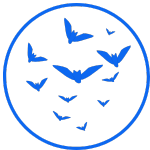
Disrupts ecosystems:
Many animals rely on natural light cycles for survival. Artificial light can confuse their behavior, affecting everything from migration to feeding habits.

Affects human health
Exposure to unnatural light at night can interfere with our sleep cycles, contributing to various health problems, including insomnia and other chronic conditions.
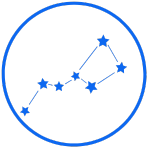
Blocks our view of the stars
Light pollution washes out our night skies, making it harder to see the stars and planets. This affects not only scientists and astronomers but also everyone who values the beauty of the night sky
How to Participate
Cities at Night is powered by your participation. Together with researchers, educators, and citizen scientists from around the world, we aim to create the first comprehensive map of night lighting across the globe.
This map will be used to inform policies, raise awareness, and reduce the negative effects of excessive artificial light.
If you want to get involved, there are several ways to do it:

Volunteer
Try our latest app Lost at Night. This improved app is part of the Plan-B Project

Consortium
We are calling for institutions and research groups that want to add value to their projects thanks to the results and process of Cities at Night.

Investor
We are always looking for new resources that make the continuity of the project possible. If you want to help, please write to us.
Collaborators
Over the past 10 years of Cities at Night, we have had numerous collaborators who have joined us along the way. (You can see here collaborators from previous years)
Led by the light pollution expert, Alejandro Sánchez de Miguel, we also have the support of the following network of collaborators among companies and institutions that support the continuity of the project.
University Complutense off Madrid
Jaime Zamorano (PI Complutense)
Jesus Galleg (COPI Complutense y coordinador de Grupo GUAIX)
Ainhoa Penning (Técnico de asistencia proyectos)
Sergio Pascual (Investigador)
Nicolas Cardiel (Investigador)
José Gomez (Investigador – Desarrollador de las aplicaciones de Cities at Night 1.0)
Paco Ocaña (Investigador)
Savestars Consulting S.L.
Iván Sánchez de Miguel (CEO)
Scifabric
Daniel Lombraña, CEO de Scifabric Desarroyador de Crowdcrafting y Darkskies 1.0
Ibercivis Foundation
Francisco Sanz, PI Ibercivis y PI proyecto FECYT
University of Exeter
PI Universidad de Exeter y CO-PI proyecto EMISSI@N – Experto en Ecología de la noche
Jonathan Bennie, CO-PI proyecto EMISSI@N – Experto en distribución de especies.
Emma Rosenfeld, Traductora y técnico de apoyo
Simon Dzurjak, Traductora y técnico de apoyo
Instituo de Astrofísica de Andalucía
Alicia Peregrina, Representante IAA
NOAO
Connie Walker, Embajadora de Cities at Night
Previous years
Please, check the first web of Cities at Night

